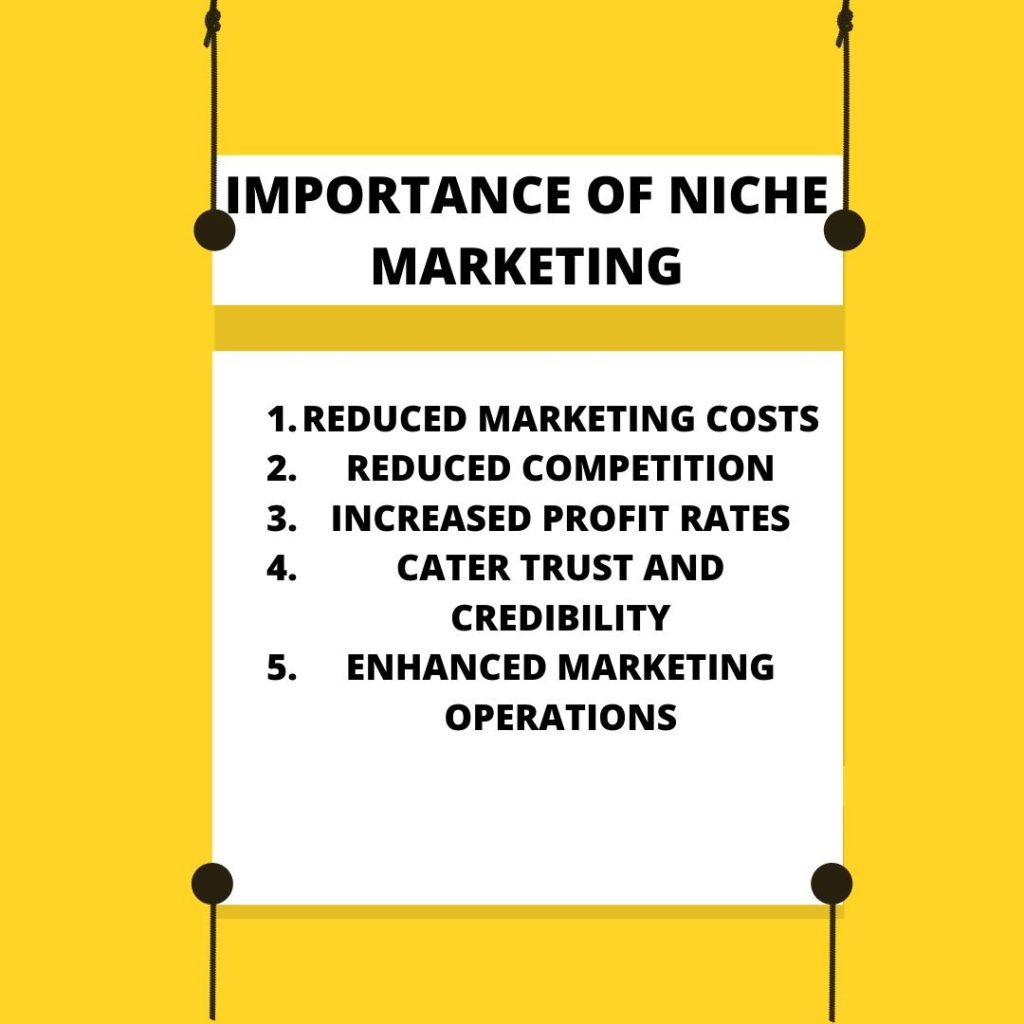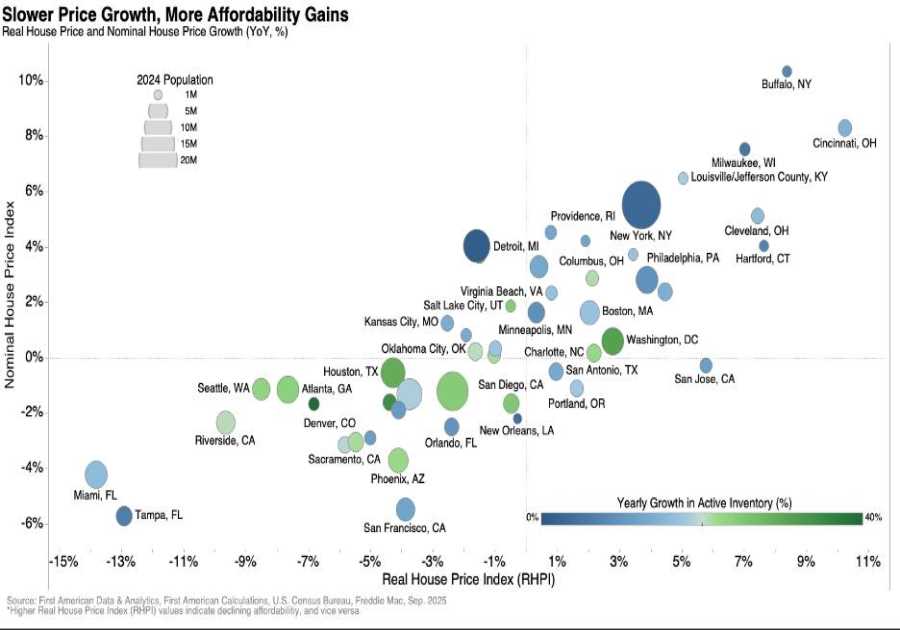Ever feel like your marketing is talking to everyone and reaching no one?
That’s what happens when you skip audience research and segmentation. Without it, you’re guessing, wasting budget, and hoping something sticks. But when you know exactly who you’re talking to, everything changes. Your messages click. Your content connects. And your results skyrocket.
In this guide, you’ll learn how to stop chasing the crowd and start targeting the people who actually matter—your audience. Let’s break down the research, segmentation, and targeting strategies that turn guesswork into growth.
Quick Takeaways
- Audience segmentation and research are essential for creating relevant and compelling marketing messages.
- You can segment your audience by demographics, psychographics, behavior, location, or a combination of these factors.
- Make the most of your marketing budget by targeting your campaigns at your most valuable audience segments.
- Audience segmentation remains a priority for successful content marketing.
Knowing Your Audience
How well do you know your audience? The answer matters because accurate audience segmentation is critical to a successful marketing strategy. However, proper segmentation rarely gets the time and attention it requires. A survey of 1,600 marketers found that a shocking 65% never or rarely conduct audience research.
Those marketers are missing out. The same study showed that those who do research their audience are over 3x more likely to achieve their marketing goals.
Don’t get left in the dust by your competitors. Learn here how to master audience research, segmentation, and targeting.
The Meaning of Audience Segmentation
Audience segmentation is a method of categorizing your target audience into more distinct groups. Dividing your audience into separate categories helps you understand each customer better.
With refined knowledge of your clients and leads, you can create more powerful marketing campaigns. You can also improve product development.
The Importance of Audience Research and Segmentation for Effective Targeting
Unless your audience is super small and specific, audience segmentation is essential. The practice is becoming increasingly important now that consumers expect personalized communications with brands.
For example, over 70% of consumers in one study said that they would only engage with tailored marketing that fit their interests. 80% of buyers would only shop with brands that personalized their experience.
Research and segmentation also offer you the following benefits:
- Targeted campaigns lead to motivating messaging. Such influential marketing produces higher conversions.
- You lay the groundwork for unbreakable customer loyalty. Your audience believes you understand them, and they become less price sensitive.
- You gain a competitive advantage. You’ll acquire a savant-like ability to anticipate customer needs and discover new opportunities.
- Audience segmentation helps you identify the most effective marketing platforms and strategies. For example, you can get the right messages to the right segments when you know that one portion of your audience uses Instagram while the other prefers Pinterest.
- You’re able to establish a niche in more profitable market segments. Otherwise, you run the risk of trying to reach everyone, which is sure to limit your success.

Image Source
“Marketing fails” usually result from poor or insufficient audience research. If you don’t really understand your audience’s identity, needs, and challenges, even the most carefully planned marketing strategy will collapse.
The Types of Audience Segmentation
Segmenting your audience requires defined criteria. The four most common pillars of audience segmentation are:
- Demographics: This could be age, gender, income, education level, or career.
- Psychographics: These include personality, values, interests, and lifestyles.
- Behavior: Such factors involve customers’ purchasing habits, brand interactions, device usage, and engagement level.
- Geographic: This could be a specific location, such as a country or city, or be more general, such as urban vs. rural.
Narrow down your audience into smaller segments to get a more accurate picture of exactly who you’re trying to appeal to. You achieve this goal by combining different aspects of the types of segmentation. Then you can create more relevant and effective campaigns.
How To Research and Segment Your Audience
So, how do you conduct research in a way that leads to excellent audience segmentation?
Many brands think they know their audience when they’re actually making assumptions. You can’t guess what your audience wants; you have to ask.
There are many methods you can use to find out more about your audience and what makes them tick. Excellent resources include:
- Social media and website analytics
- Focus groups and customer surveys
- Results from split tests
- Data from your CRM
- Social listening
Discover advanced tips for social listening in this brief video from Hootsuite:
Use as many sources of information as possible when conducting audience research. The time and effort pay off in useful data and intelligence for more accurate targeting.
How To Execute Audience Targeting
Once you’ve identified your audience segments, you can tailor your marketing messages to directly appeal to each. Audience targeting is choosing a specific segment to focus on when you’re planning your campaigns.
One classic example of audience segmentation at work is this gender-specific email that adidas sent out.
The principle is simple: A certain segment of the audience usually buys women’s clothing, but another typically buys men’s clothing. The brand targets marketing messages to be more relevant to each group.
Emails marketing products that the reader has no interest in are likely to end up in their spam or trash folder. Pay attention to customer behavior and segments to send the correct messaging.
Determine Which Segments Deliver High ROI
In many cases, you won’t create separate marketing messages for every single audience segment you’ve identified. Instead, you should decide which segments are most likely to generate the conversions you’re aiming for.
For example, if you’re a B2B brand, one of your audience segments might be people that follow you on social media but don’t interact with your brand. In addition, these people don’t make purchase decisions for their company.
This audience segment is unlikely to have much value to your brand. As a result, it’s not worth spending your time and budget tailoring marketing messages to them.
Choose the Right Channels
Also, use audience segmentation to determine how easy and cost-effective reaching each category is. Then decide if this cost is worth the potential ROI.
For example, maybe you can access one of your segments best through ads on streaming apps. However, the campaign costs hundreds of thousands of dollars. This initial investment may not be likely to pay off, depending on your product or service. Social media and content marketing could be a better long-term bet.
Remember These Tips To Stay Effective
These best practices as you create campaigns:
- Align your company goals with messaging. You’ll avoid looking phony or inconsistent.
- Use marketing automation to speed up your campaigns and collect information. Stay on top of the latest tools to cut down on the tedious parts of research.
- Don’t get too granular by over-segmenting. You could waste time creating too many messages.
- Watch out for biases as you segment, even with artificial intelligence. Be careful with how you collect research and look out for unconscious stereotypes.
- Set specific goals and measure your results to refine your research and targeting continually. Don’t keep relying on outdated data.
Finally, stick with it! Audience segmentation is a science that requires some trial and error to get it right.
Turning Audience Insights into Action
Audience research and segmentation aren’t worth much if the insights just sit in a spreadsheet. The next step is using what you’ve learned to take action—strategically and consistently. Start by creating detailed buyer personas for each key segment. These should reflect not only demographics but behaviors, motivations, pain points, and preferred communication styles.
A well-built persona helps your team visualize exactly who they’re speaking to and why that person would care.
From there, map your content and campaigns to each segment.
Ask yourself: Which blog topics speak to this group’s biggest challenges? What kind of email subject lines would catch their eye? Which channels are they most likely to be active on—and at what time of day?
Also, make sure your customer journey is aligned with your segmentation. Is your landing page tailored to the concerns of the specific segment you’re targeting with an ad or email? Does your follow-up nurture sequence reflect what that persona needs to move forward?
Track how each segment responds. Analyze open rates, engagement, conversion rates, and retention by audience group. Over time, patterns will emerge, and you can double down on what works.
When you apply segmentation consistently across your entire marketing funnel, you start creating a cohesive brand experience that feels relevant at every touchpoint. That’s what keeps people coming back (and telling others about you). Audience research isn’t a one-time project; it’s a marketing mindset. Keep asking, testing, and adjusting. That’s how segmentation moves from theory to real growth.
Video source
The Content Marketing Pros of Audience Segmentation
Targeting the right audience segments sharpens your strategy. It gives your content purpose, your campaigns precision, and your budget room to breathe. Instead of spreading your message thin, you concentrate your efforts on the people who are most likely to convert, refer others, and stick around. That’s how marketing becomes not just effective, but scalable.
Start simple. Look at your best customers, spot the patterns, and build from there. You don’t need to map every segment perfectly on day one. Just keep testing, refining, and learning. With each step, your aim gets sharper, and your impact grows stronger.
At Marketing Insider Group, we’ve discovered the ins and outs of audience segmentation. If you are ready to get more traffic to your site with quality content published consistently, check out our Content Builder Service. You can also set up a quick consultation and receive a free PDF version of my books. Get started today to generate more traffic and leads for your business.
Read More
By: Lauren Basiura
Title: The Complete Guide to Audience Research, Segmentation, and Targeting
Sourced From: marketinginsidergroup.com/content-marketing/the-complete-guide-to-audience-research-segmentation-and-targeting/
Published Date: Tue, 29 Jul 2025 13:00:20 +0000
.png)





